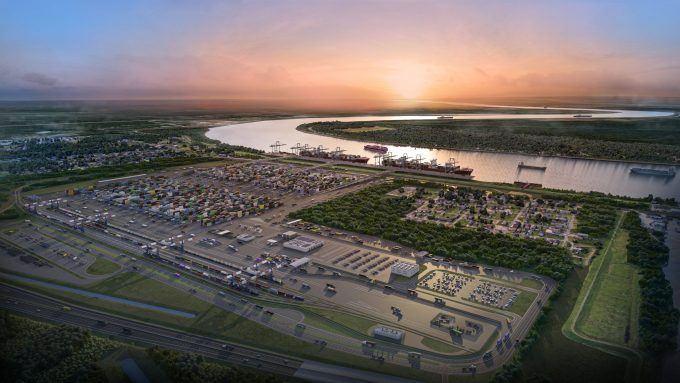MSC to launch new Oceania-US east coast Eagle service next year
Australian and New Zealand exporters to North America are set to get the second direct ...

The port of New Orleans has described a consultancy report, which claims its proposed Louisiana International Terminal is a strategic mistake, as “illegitimate”.
Residents of New Orleans’ Violet area formed “The Committee to Stop the Destruction of St Bernard”, and have been attempting to block the ...

Comment on this article